"Exploring the Universe" Small Particles and the Big Universe PPT Courseware Simple campus recruitment activity planning plan summary enterprise and institution recruitment publicity lecture PPT template is a general PPT template for business post competition provided by the manuscript PPT, simple campus recruitment activity planning plan summary enterprise and institution recruitment promotion Lecture PPT template, you can edit and modify the text and pictures in the source file by downloading the source file. If you want more exquisite business PPT templates, you can come to grid resource. Doug resource PPT, massive PPT template slide material download, we only make high-quality PPT templates!
| 文件名 如何下载使用 | 下载次数 | Download Points | 下载地址 |
|---|---|---|---|
| "Exploring the Universe"... | 21800次 | 0.00 | Free Download |
Tips: If you open the template and feel that it is not suitable for all your needs, you can search for related content "Exploring the Universe" Small Particles and the Big Universe PPT Courseware is enough.
How to use the Windows system template
Directly decompress the file and use it with office or wps
How to use the Mac system template
Directly decompress the file and use it Office or wps can be used
Related reading
For more detailed PPT-related tutorials and font tutorials, you can view: Click to see
How to create a high-quality technological sense PPT? 4 ways to share the bottom of the box
Notice
Do not download in WeChat, Zhihu, QQ, built-in browsers, please use mobile browsers to download! If you are a mobile phone user, please download it on your computer!
1. The manuscript PPT is only for study and reference, please delete it 24 hours after downloading.
2. If the resource involves your legitimate rights and interests, delete it immediately.
3. Contact information: service@daogebangong.com
"Exploring the Universe" Small Particles and the Big Universe PPT Courseware, due to usage restrictions, it is only for personal study and reference use. For commercial use, please go to the relevant official website for authorization.
(Personal non-commercial use refers to the use of this font to complete the display of personal works, including but not limited to the design of personal papers, resumes, etc.)
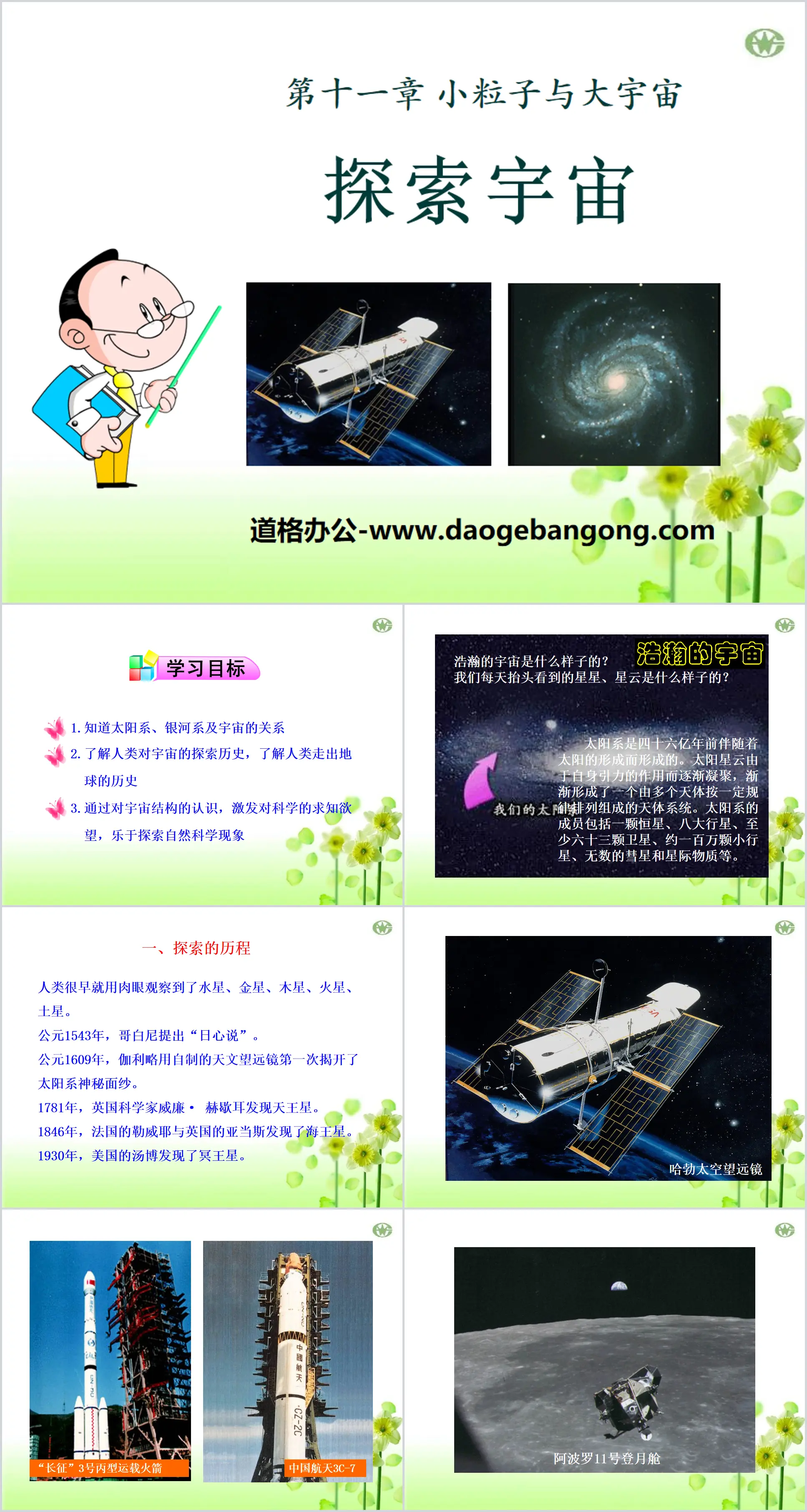
Related reading
For more detailed PPT-related tutorials and font tutorials, you can view:Please click to see


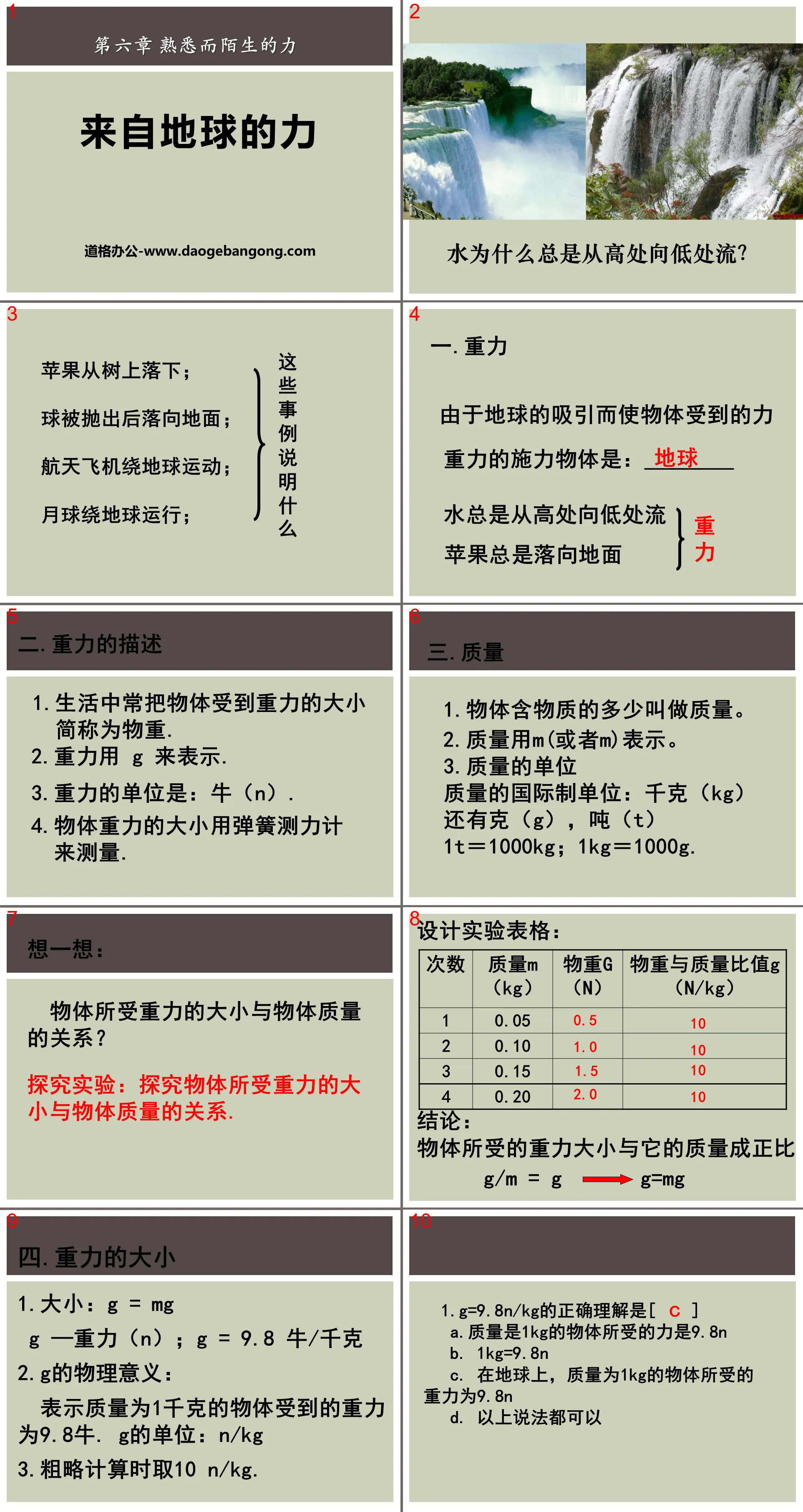
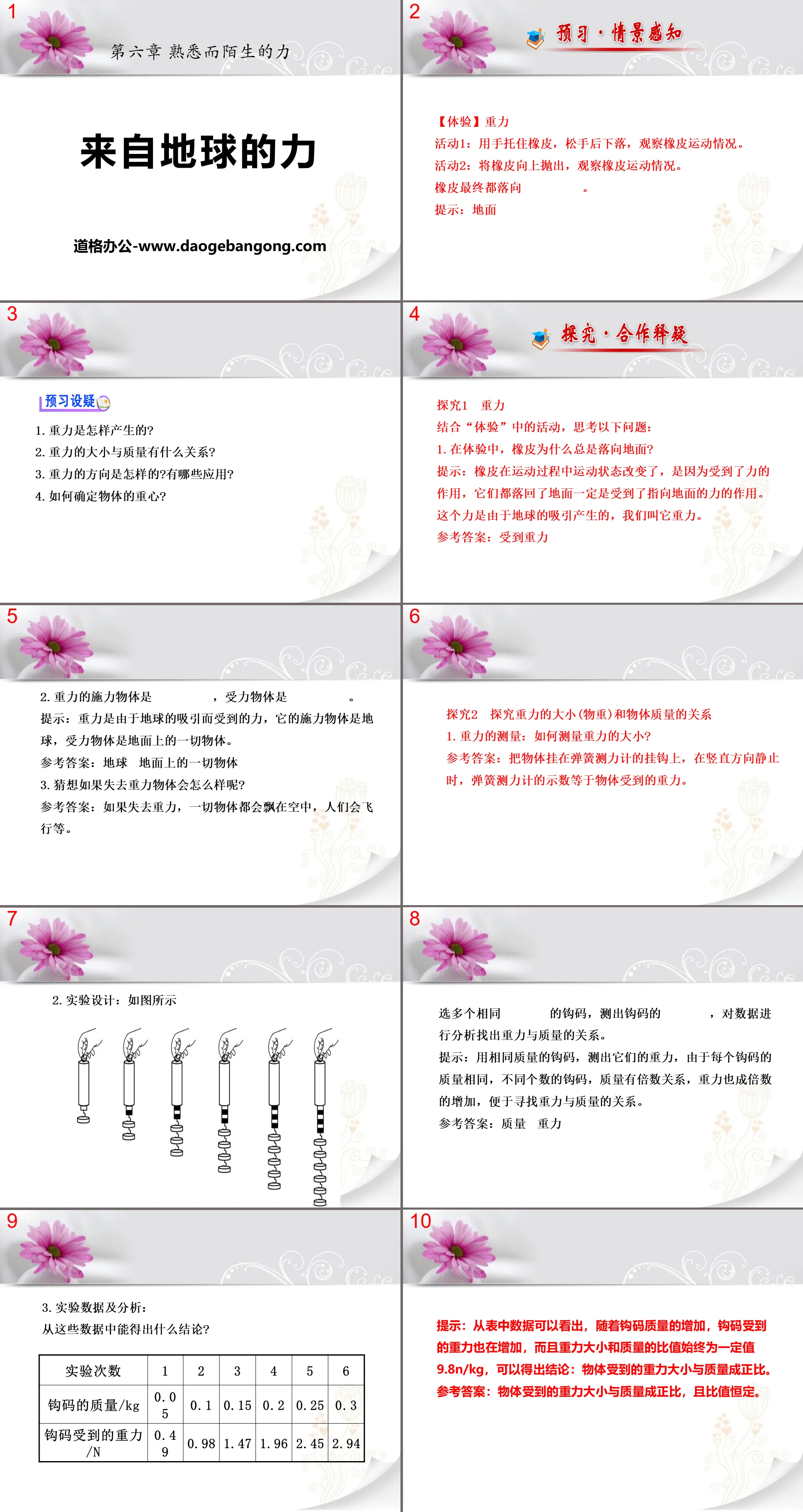
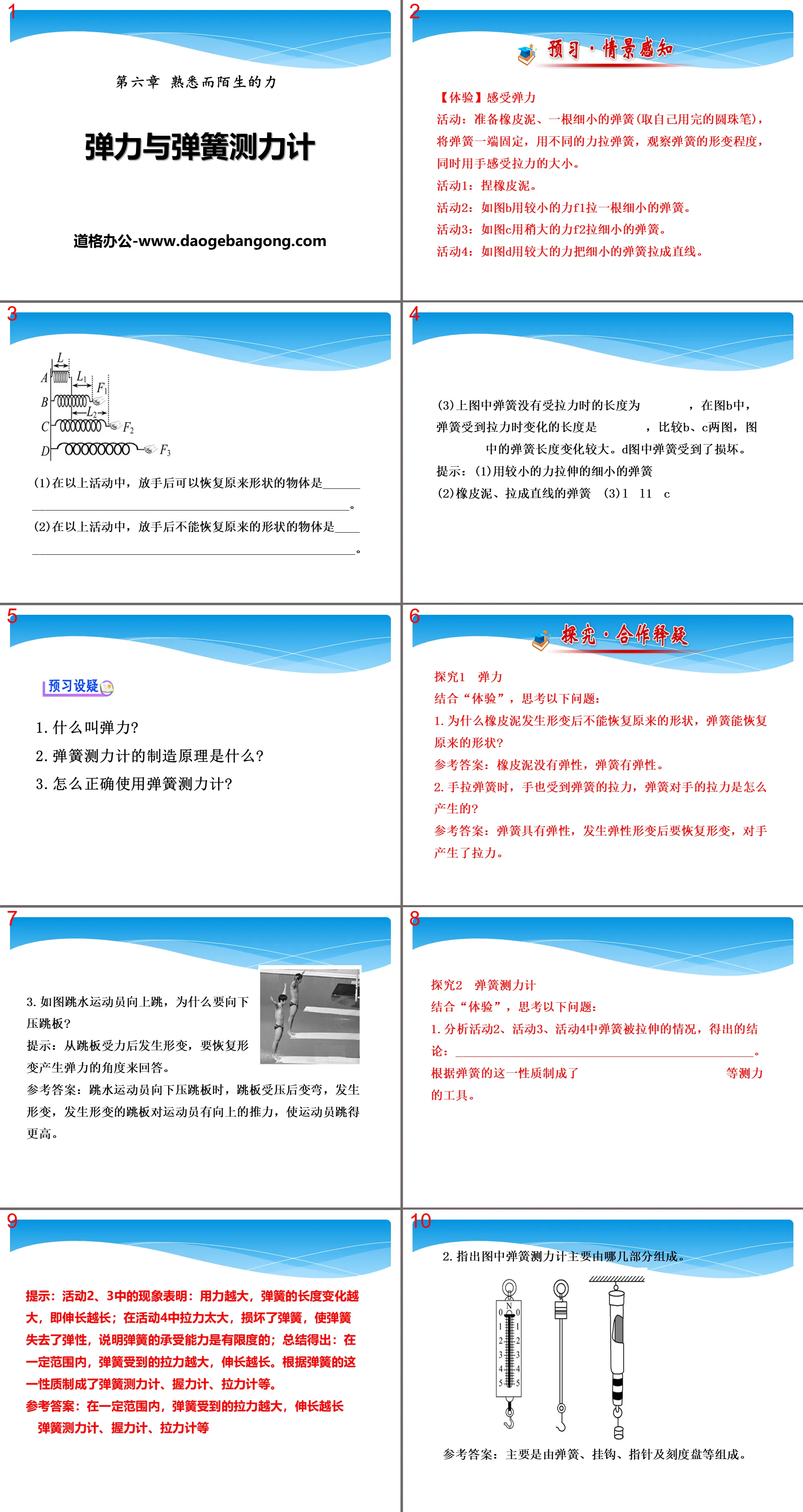
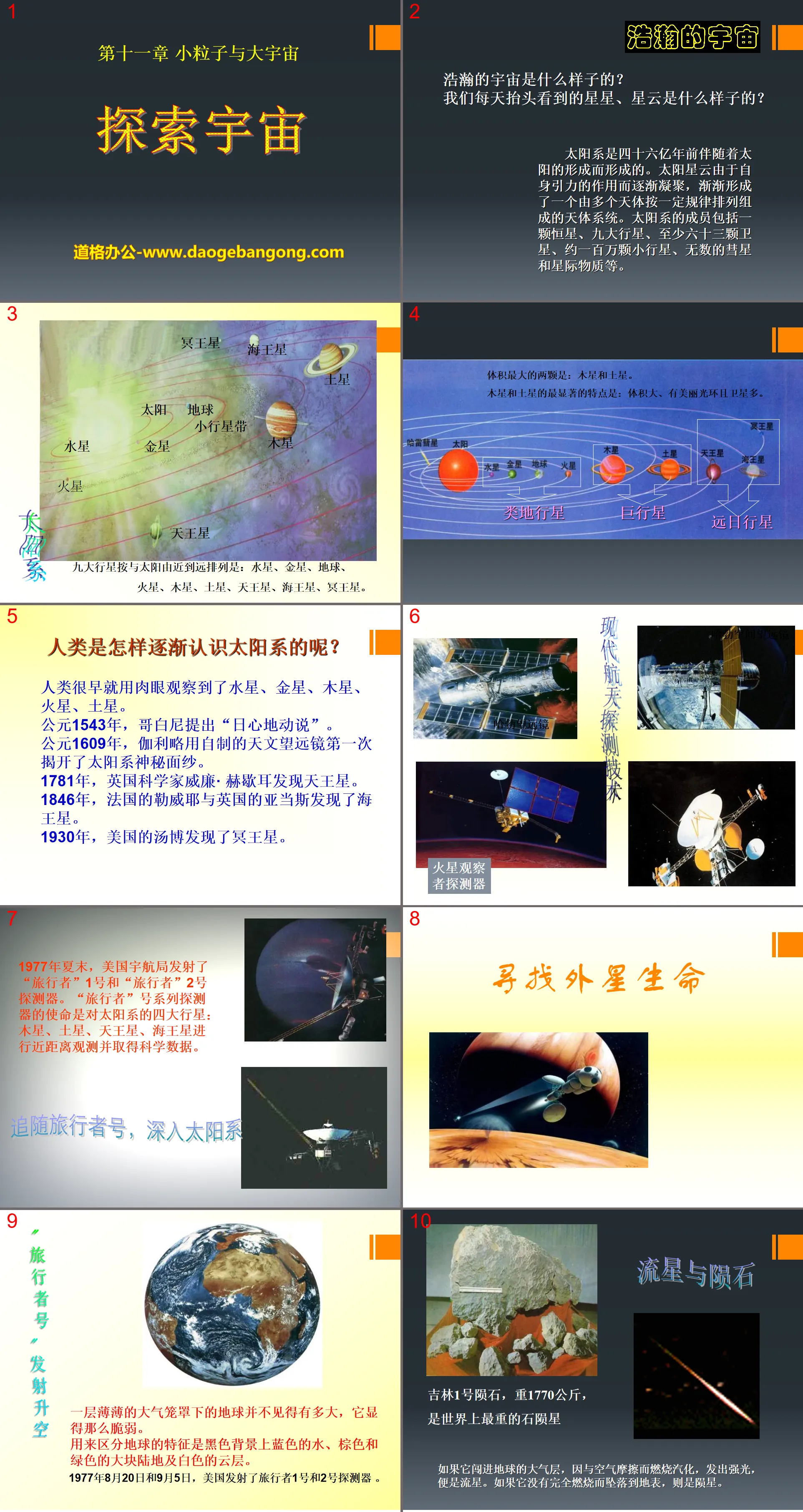
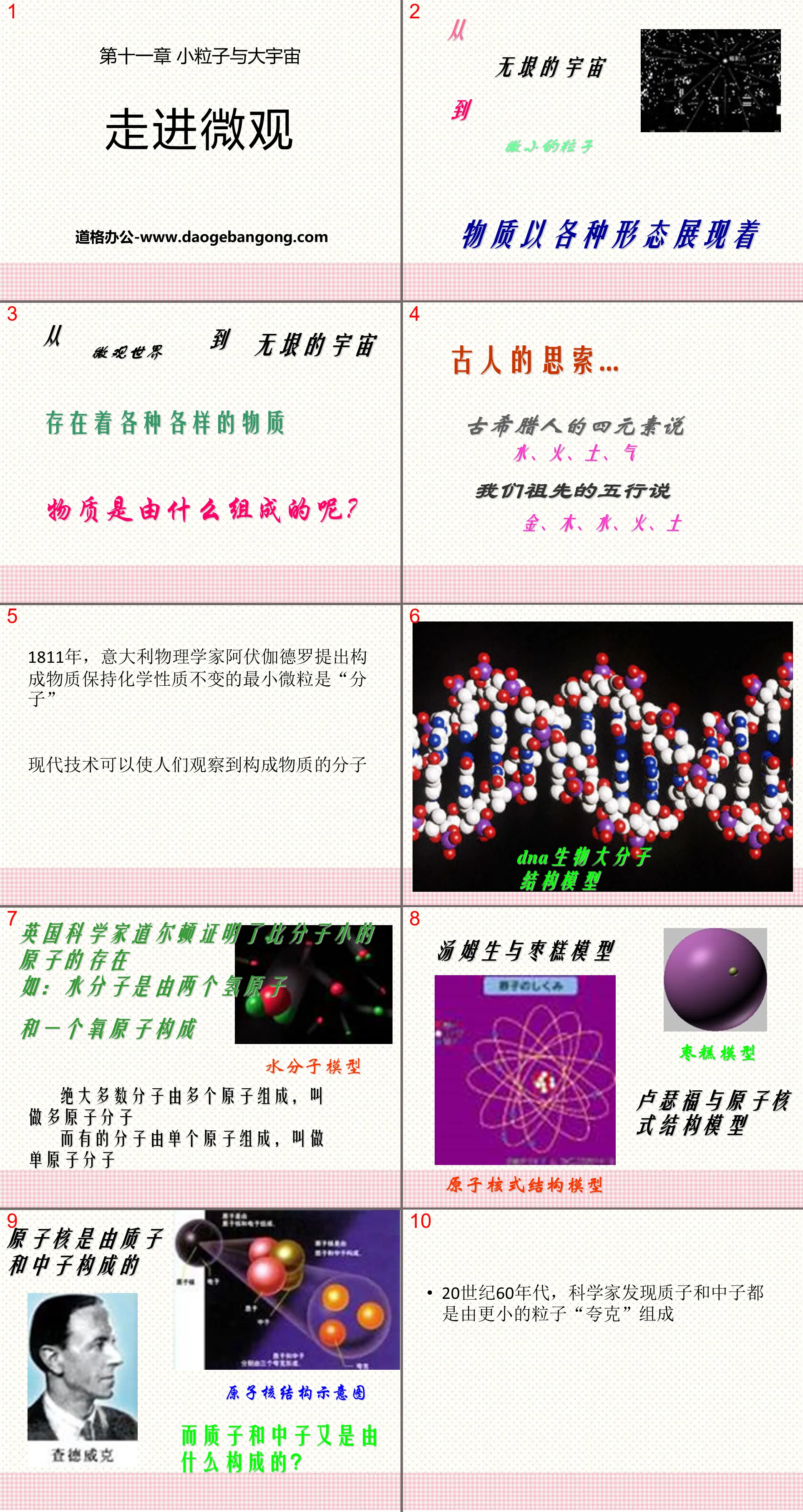
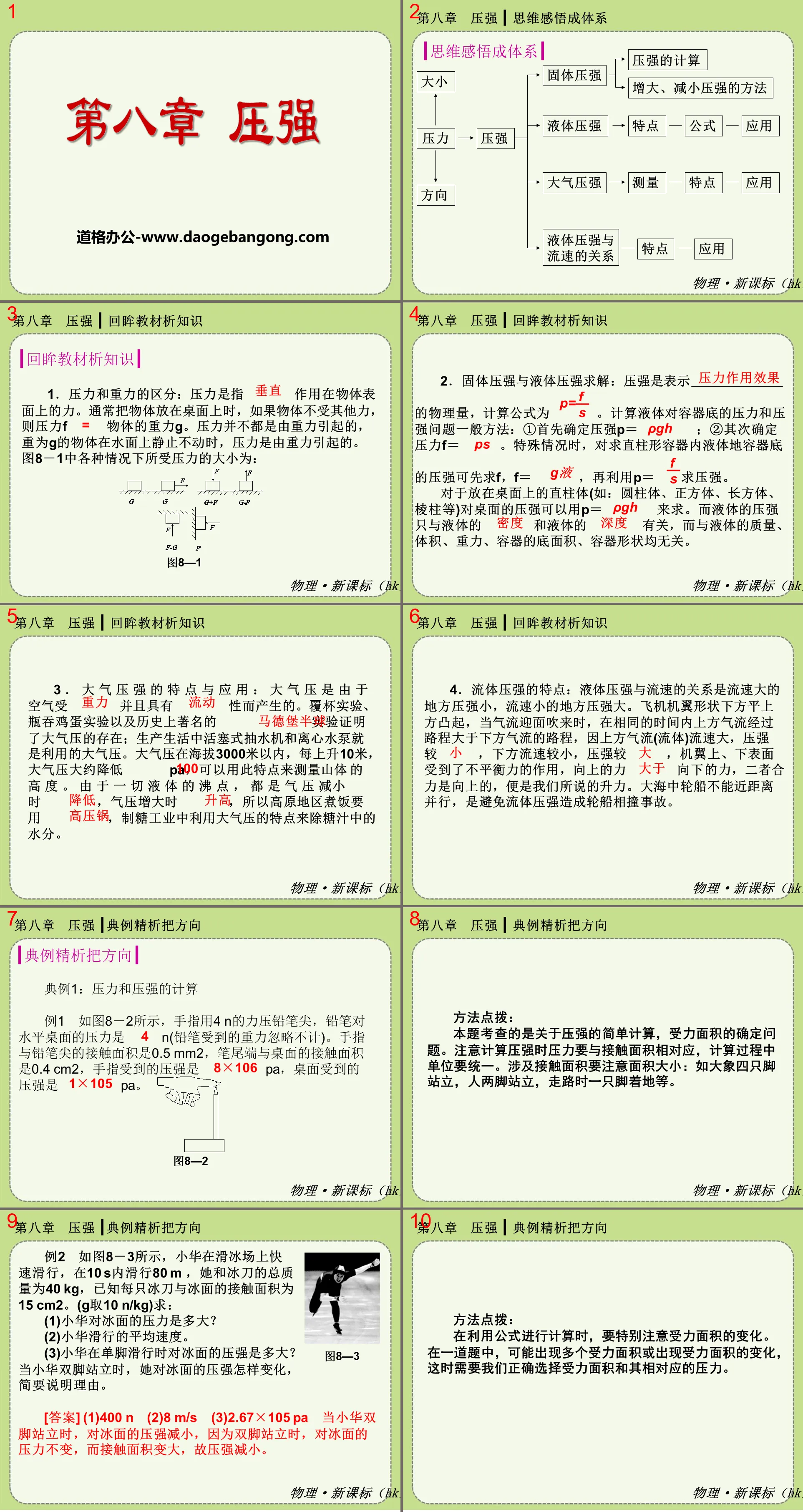
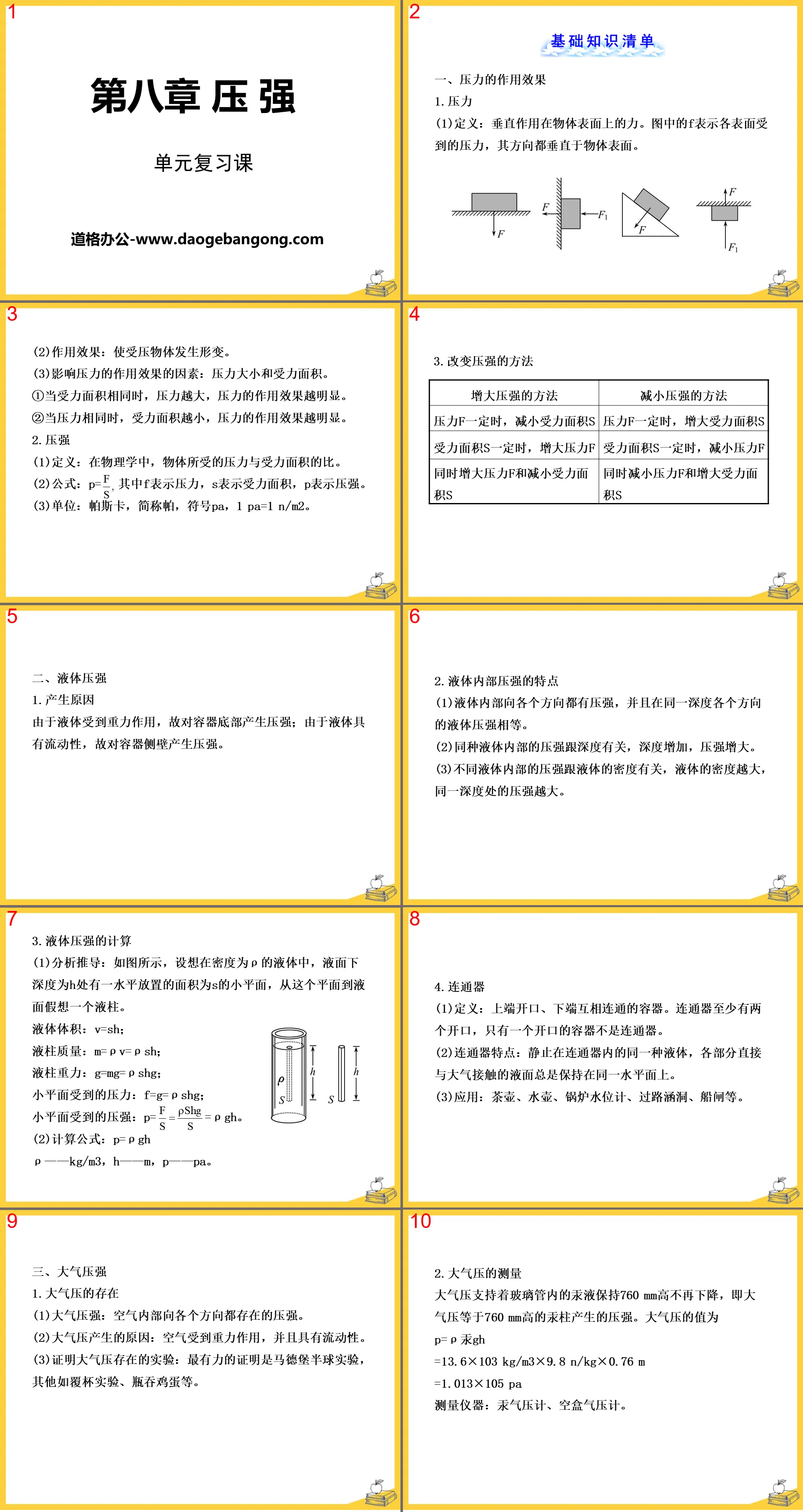
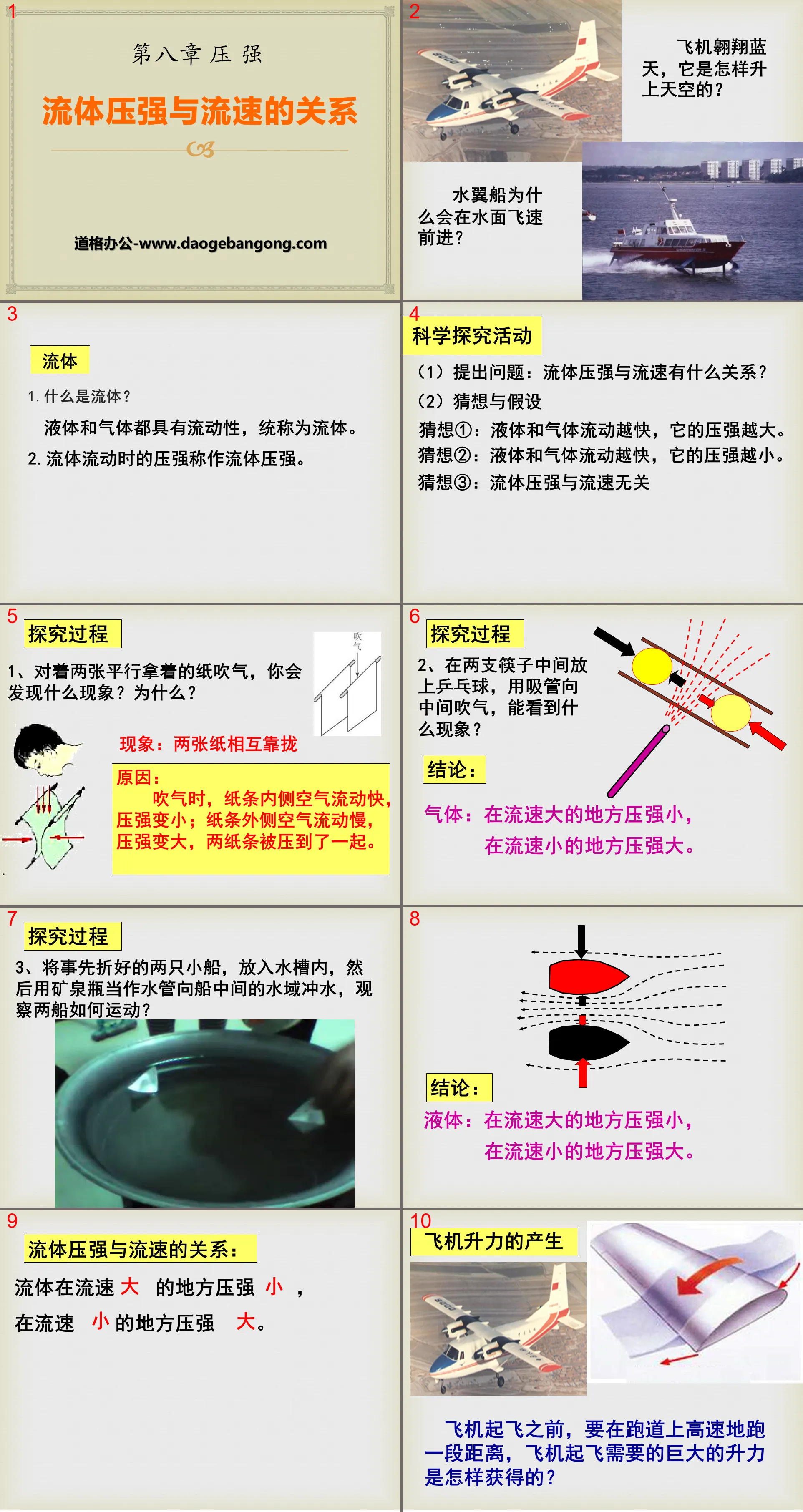
Authoritative PPT Summary
"Exploring the Universe" Small Particles and the Big Universe PPT Courseware
learning target
1. Know the relationship between the solar system, the Milky Way and the universe
2. Understand the history of human exploration of the universe and the history of human beings stepping out of the earth
3. Through the understanding of the structure of the universe, stimulate the desire for scientific knowledge and be willing to explore natural scientific phenomena
What does the vast universe look like?
What do the stars and nebulae we see when we look up every day look like?
The solar system was formed 4.6 billion years ago with the formation of the sun. The solar nebula gradually condensed due to its own gravity, and gradually formed a celestial system composed of multiple celestial bodies arranged according to certain rules. The members of the solar system include one star, eight planets, at least 63 satellites, about one million asteroids, countless comets and interstellar matter.
1. The process of exploration
Human beings have long observed Mercury, Venus, Jupiter, Mars, and Saturn with the naked eye.
In 1543 AD, Copernicus proposed the "heliocentric theory."
In 1609 AD, Galileo Galilei used a homemade astronomical telescope to reveal the mystery of the solar system for the first time.
In 1781, British scientist William Herschel discovered Uranus.
In 1846, Le Verrier of France and Adams of England discovered Neptune.
In 1930, Tombaugh of the United States discovered Pluto.
2. The vast starry sky
At present, there are about 1 billion celestial systems similar to the Milky Way that people have observed. These celestial systems are called galaxies. All galaxies make up the vast universe.
Overview of the Milky Way Galaxy
Composition: The Milky Way is a huge celestial system composed of many stars and interstellar matter. There are more than 200 billion stars like the sun.
Shape: The Milky Way in the side view is like a discus with a thick middle and thin sides; the Milky Way in the top view is like a large vortex, with four spiral arms extending from the center.
Size: The diameter of the Milky Way is approximately 100,000 light-years. The Sun is about 30,000 light-years away from the center of the Milky Way.
Speak freely
Some people think that the disappearance of the dinosaurs was caused by an asteroid hitting the earth. If this hypothesis is true, can you describe the situation at that time?
Meteor phenomenon: When some small solid pieces in the solar system break into the earth's atmosphere, they burn and emit light due to friction with the atmosphere and brighten the night sky.
Keywords: Small Particles and the Big Universe teaching courseware, Exploring the Universe teaching courseware, Shanghai Science Edition eighth grade physics PPT courseware download, Eighth grade physics slide courseware download, Small Particles and the Big Universe PPT courseware download, Exploring the Universe PPT courseware download ,.PPT format;
For more information about the "Exploring the Universe Small Particles and the Big Universe" PPT courseware, please click the "Exploring the Universe ppt Small Particles and the Big Universe ppt" tab.
"Exploring the Universe" Universe PPT download:
"Exploring the Universe" Universe PPT Download Part One: The Expanding Universe The solar system is a celestial system centered on the sun, the star, and composed of planets, satellites, dwarf planets, small celestial bodies (including asteroids, comets), etc. In the sky we observe...
"Exploring the Universe" Universe PPT:
"Exploring the Universe" Universe PPT Part 1: Introduction to the new lesson. Recall, what kind of galaxy is the solar system? Is the solar system unique in the universe? The solar system is centered on the sun, the star, and consists of planets, satellites, dwarf planets, and small celestial bodies (including small...
"Exploring the Universe" PPT courseware:
"Exploring the Universe" PPT courseware Part 1: The origin of constellations 1. Ancient Babylon connected some bright stars in the sky with imaginary lines and gave them mythical images, called them: constellations. 2. The ancient Greeks divided the sky into 48 constellations. 3.Ancient times..